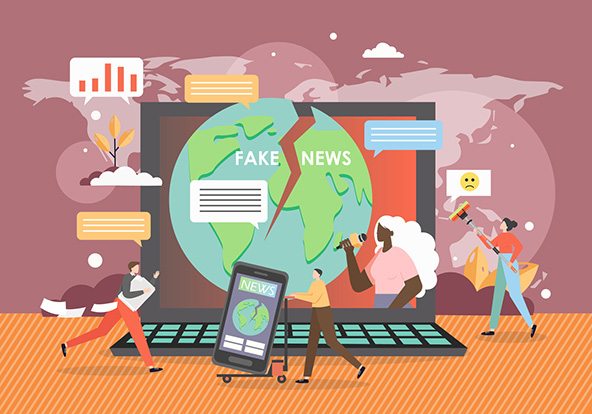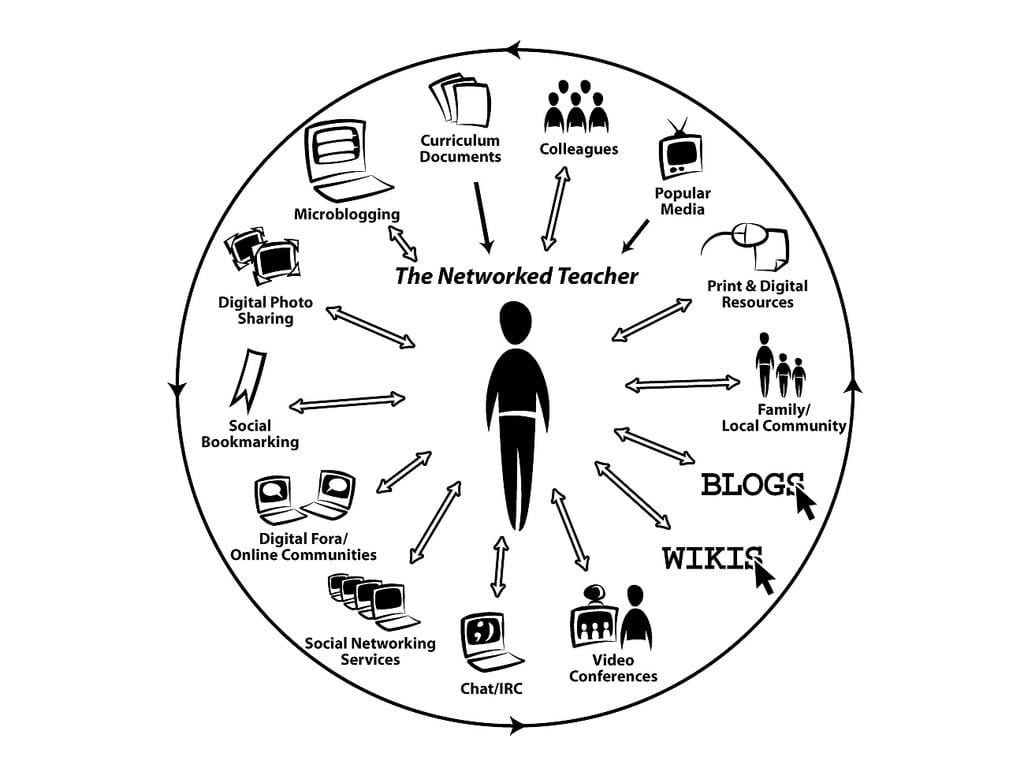
In today’s world, we are surrounded by media almost all day, and only a few of us possess a comprehensive understanding of media’s profound impact on our society. To distinguish this noise, analyze what we see in media, and determine its accuracy, we can use Media Literacy.
Media Literacy is the ability of individuals to critically analyze stories, messages, and narratives presented in the media and determine their accuracy or credibility ( Allison, 2010). It is not limited to traditional media such as television and radio but includes social media and websites.
It’s important to be media literate so that you can think critically and analyze the messages you receive from media. By doing so, you can better understand the reasons behind the messages and the motives of those who share them. Media literacy also encourages people to question what they see and to seek out sources for the information they consume. This helps individuals be more mindful of their media consumption and achieve a healthy balance between their media presence and their personal life. Moreover, media literacy fosters cultural awareness by encouraging people to learn about different perspectives and cultures. By seeking out credible information, individuals can educate themselves about other cultures and gain a deeper understanding of the world around them.
Media literacy is often overlooked due to a lack of awareness. People tend to believe everything they see in the media without questioning its validity. Additionally, some individuals may refuse to consider alternative viewpoints and instead rely on information that supports their existing beliefs. On a larger scale, the media industry may not prioritize promoting media literacy as it could potentially harm their interests by increasing public awareness.
By incorporating media literacy into my Personal Learning Network (PLN), I am able to develop critical thinking skills that allow me to effectively evaluate diverse situations and information. This skill also promotes the use of logical reasoning to support arguments. With media literacy, I am able to be a well-informed participant in my PLN, which enhances engagement. Additionally, embracing cultural diversity within my PLN by listening to different views and perspectives enables me to foster a spirit of respect and openness among members. This enriches my personal growth and strengthens our connections with one another.
Reference
Allison, M. (2010). Review: Digital and Media Literacy: A Plan of Action (2010). The Journal of Media Literacy Education. https://doi.org/10.23860/jmle-2-3-7


